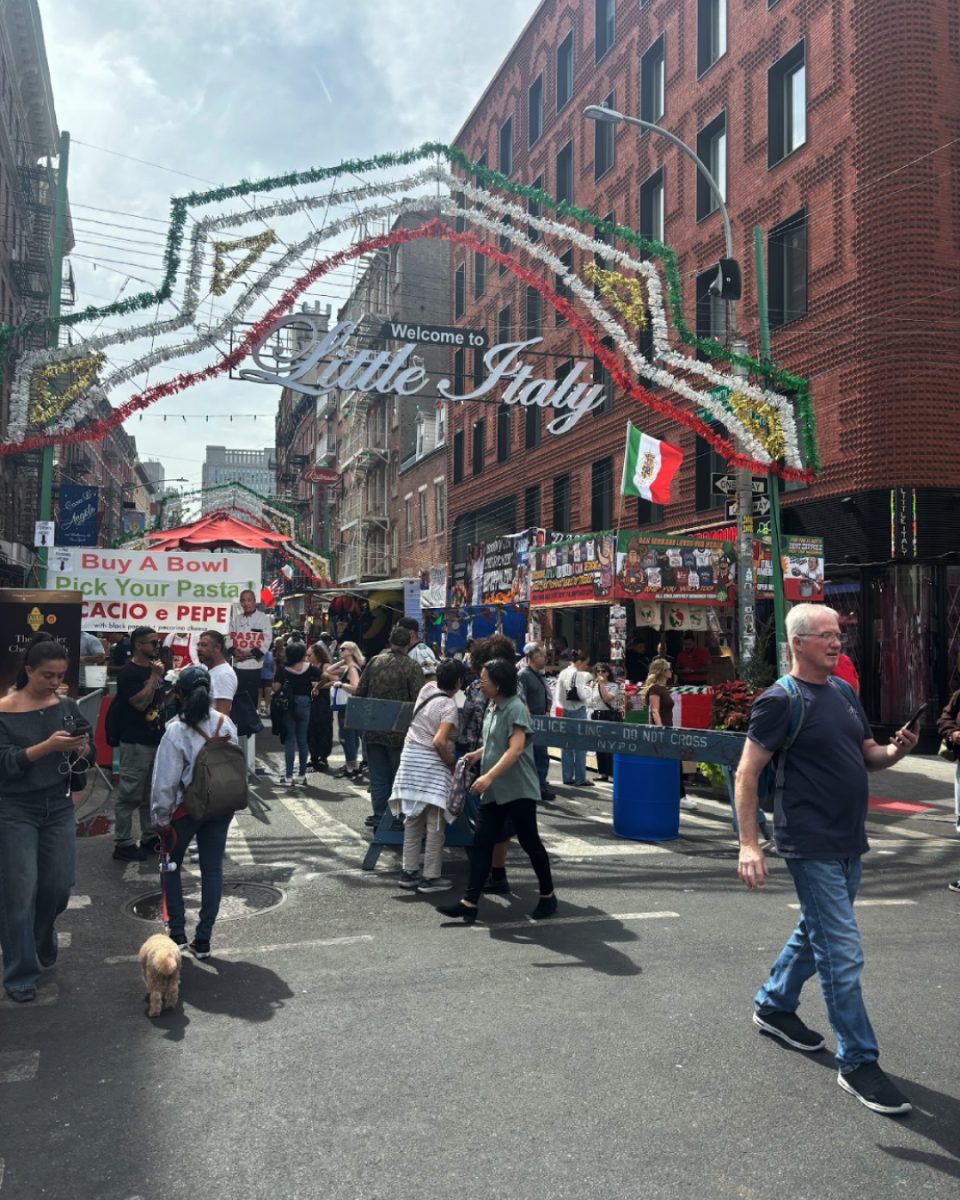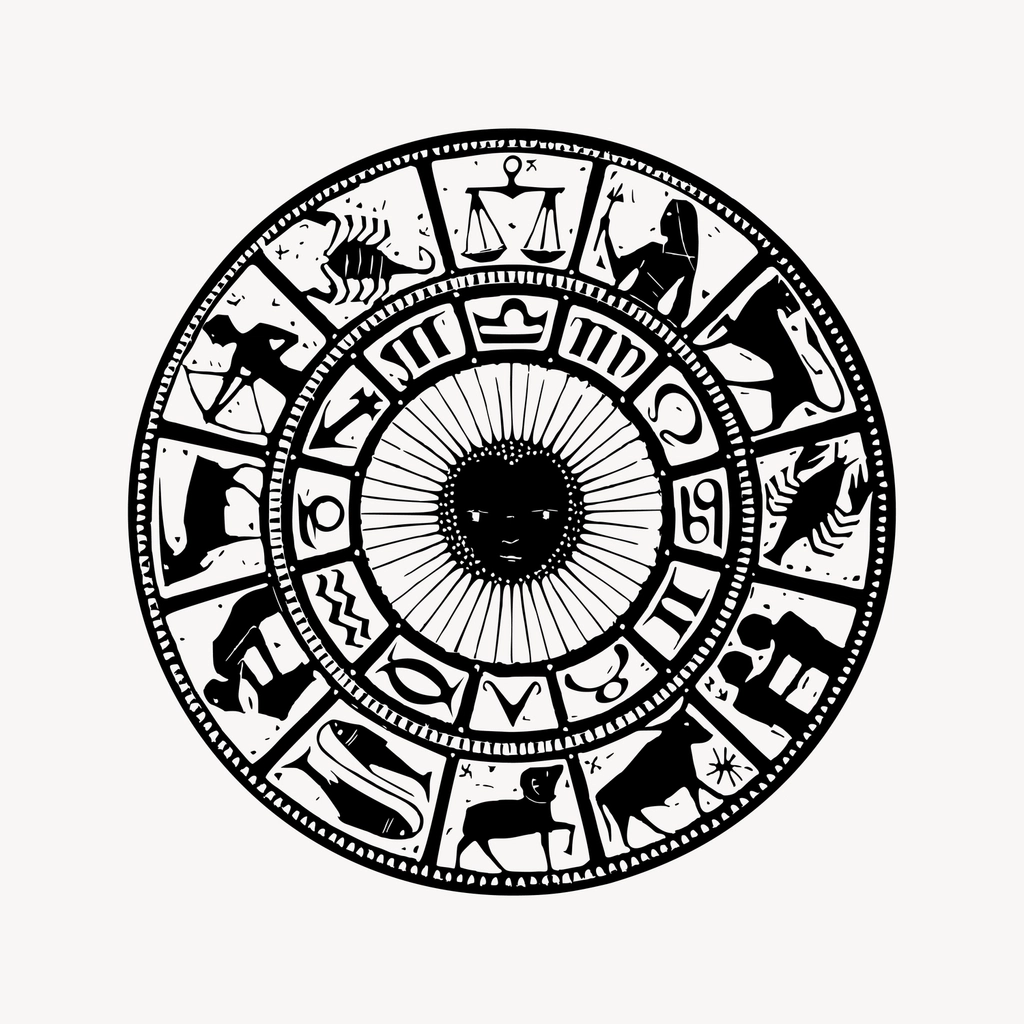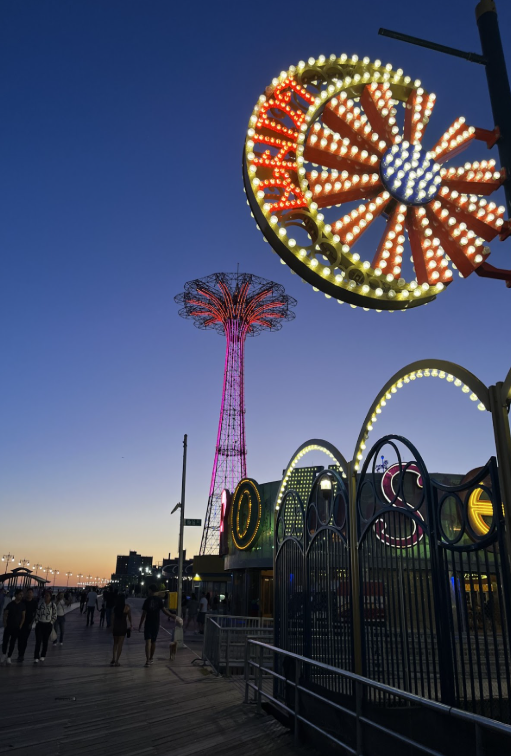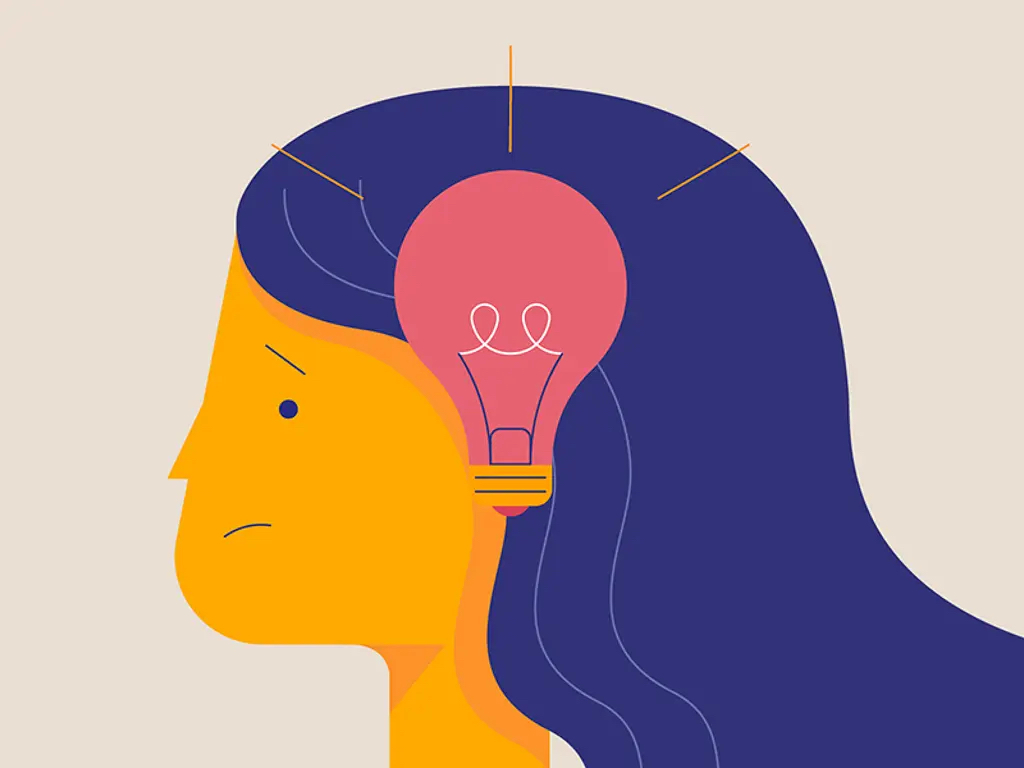Calling all fashionistas at the University! On exhibition at the Fashion
Institute of Technology is “A Queer History of Fashion: From Closet to
the Catwalk.” The exhibit highlights and explores the significant
contributors of the fashion industry who are also LGBTQ individuals.
With couture suits from the 1900s to modern wedding gowns, the
exhibit displays various pieces of clothing from an array of well-known
labels including Christian Dior, Gucci, Chanel, Versace and Yves Saint
Laurent. While the designers can be recognized by their iconic names
displayed in magazines and on runways, the presentation of their
sexuality has not always been the topic of discussion. This exhibit
honors the sexuality of those individuals and embodies the meaning of
“queer fashion.”
Located on Seventh Avenue at 27th Street, the FIT museum offers free
admission into the exhibits. “A Queer History of Fashion” is a new
installation that will be available for patrons to enjoy until Jan. 4, 2013.
The display begins with suits from the 1900s. Both mens and women’s
suits are displayed for the purpose of showing the similarity between
the two. In the early 1900s it was completely absurd for a woman to be
dressed in a suit, even if it included feminine details. A woman wearing
this type of clothing was considered to have “lesbian elegance.” The
menswear look actually emerged in Paris during the 1920’s, which
radically changed fashion. While women were dressing like men, men
were also dressing like women.
Cross-dressers and drag queens are not just fads of today’s time, but
have been an undercover, popular scene for decades. Men would go to
Molly Houses, which were secret places for homosexual men and
cross-dressers to express their love for femininity through extravagant
women’s wear, including long red petticoats, velvet corsets and quilted
skirts.
The exhibit switches gears towards modern day USA, focusing on Pride
Day and legalizing same-sex marriage. Designers Rage and Bone and J.
Crew have two suits displayed that were worn by Steven Kolb, CEO of
the Council of Fashion Designers of America, and his partner, on the
day of their wedding. Being that the exhibit is a mark for
homosexuality, one cannot fail to see the large t-shirt display that
holds shirts that have been used and worn during HIV Awareness
Events and Pride Parades.
Designer Ralph Rucci is quoted in the gallery as saying “fashion has
provided a safe environment where gays can work with dignity.”
University Junior, Nick Ponce, agreed, commenting that “fashion is just one way for homosexuals to express their creativity. Many take pride in
the way they look and enjoy having an expressive appearance.” While
one does not need to be a LGBTQ affiliate to have a sense of style, this
display takes the time to specifically recognize the gay designers.
One interesting topic mentioned in the exhibition is that lesbian
designers come out less often through their designs than their
“counterparts.” Gay men are often thought of for their elaborate and
feminine designs, but sometimes women’s outfits are overlooked. Coco
Chanel, whose sexuality was technically unconfirmed, was famous for
her androgynous style. While some think her designs were a mark of
her sexual identity, it is more likely that they were an expression of her
identification with powerful men.
Sociologist and University faculty member Roger Salerno, talked about
gender and sexuality in his Gender and Social Changes class. He
remarked, “Nothing we do is natural.” There are different types of
males and females, but society asks us to present ourselves as either
male or female, and we typically reply by doing such and making a
certain appearance. What the designers of this display challenged are
the norms set by society—they do what feels right, and create
endlessly. Oscar Wilde believed “fashion is a form of ugliness so
intolerable, we have to alter every six months.” Salerno discussed that
similarly, but less frequently, sexuality can change as well—sexuality
mustn’t define us in totality. Regardless of orientation, the exhibition is
an exciting and elaborate stop for fashion lovers.
The showrooms are filled with fun costumes, antique outfits and casual
wear that have been worn for over a century. Ball gowns and evening
gowns such as the ones designed by Christian Dior and Balenciaga
decorate the room in between Gucci’s leather bra/vest and Dolce and
Gabbana’s skirt/trouser combination. Costumes like red polyester suits
worn by some of the most famous and original queens are situated
alongside a typical leather costume worn by a gay male stripper. If you
are ready to see some incredible pieces from fashion history, designed
and created by eccentric and monumental people, then make the trip
to The Fashion Institute Museum and enjoy “A Queer History of Fashion: From Closet to Catwalk”






